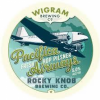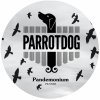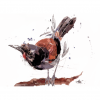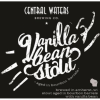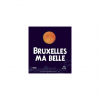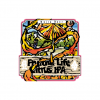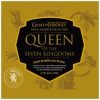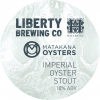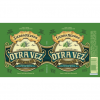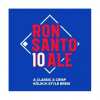It wasn’t too long ago, at least in geological and biological terms, that Tīeke flitted through the trees alongside Tūī and Pīwakawaka (Fantail), its distinctive splashes of chestnut feathers — that would later earn it the name “Saddleback” — and bright red-orange wattles adding a darting dash of colour to the forest.
The arrival of humanity to these islands was a near-complete disaster for this charismatic and boisterous little bird. Our longrunning habit of bringing various small mammals with us as we migrate about the planet — both on purpose and unintentionally — clashed fatally with Tīeke’s fondness for foraging, nesting, and resting near the ground. Taranga / Hen Island, off the Whangarei coast, soon became the sole refuge of the North Island Saddleback.
Two generations of unbelievably patient and careful work, a project begun during the 1960s and which is ongoing today, is undoing that damage. Catch-and-release transfers have slowly spread steadily growing populations from Taranga to other islands and then eventually also to sanctuaries back on the mainland, starting with Zealandia here in Wellington in 2002.
These translocations have proved a model for how to help other birds and the several-thousand Tīeke who now noisily inhabit their new homes around the country are icons of what can be achieved in conservation. The species is now officially listed as “Recovering” — a word which calls for celebration without letting us forget our prior carelessness; they are recovering with our help, but also from us.
This dark wheat beer shares something of Tīeke’s distinctive chestnut colouring, and has ‘banoffee’ characters in a tart, lively beer.
South German-Style Dunkel Weizen / Dunkel Weissbier
Wellington, Wellington, New Zealand
